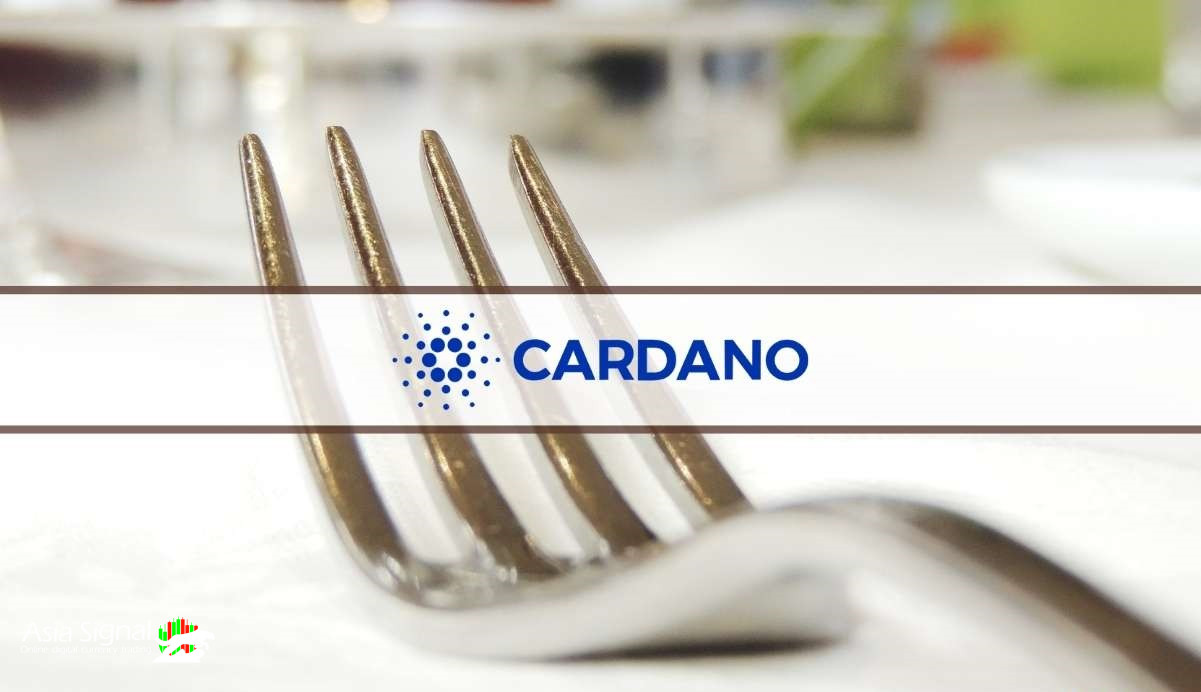Exploring the Impact of Cardano Hard Forks on Blockchain Evolution
Introduction:
The blockchain landscape is constantly evolving, driven by innovations and improvements aimed at enhancing scalability, security, and functionality. One prominent player in this arena is Cardano, a blockchain platform known for its focus on sustainability, interoperability, and scalability. Central to Cardano's evolution are its hard forks, strategic upgrades designed to propel the network forward. In this article, we delve into the significance of Cardano's hard forks and their impact on the blockchain ecosystem.
Understanding Cardano Hard Forks:
Cardano utilizes hard forks as a mechanism to implement significant upgrades and introduce new features to its blockchain. Unlike contentious forks, which result in a split in the network, Cardano's hard forks are typically planned upgrades achieved through broad community consensus. These upgrades are meticulously designed and thoroughly tested to ensure seamless integration and minimal disruption to the network.

Key Hard Forks and Their Impact:
1. Alonzo: One of the most anticipated hard forks in Cardano's history, Alonzo introduced smart contract functionality to the network. This upgrade unlocked a myriad of possibilities, enabling developers to build decentralized applications (DApps), decentralized finance (DeFi) protocols, and non-fungible token (NFT) marketplaces on the Cardano blockchain. The introduction of smart contracts positioned Cardano as a formidable competitor in the rapidly expanding decentralized ecosystem.
2. Goguen: Building upon the foundation laid by Alonzo, the Goguen era ushered in additional features and improvements to Cardano's smart contract capabilities. This hard fork enhanced the development experience for blockchain developers, offering advanced tools, libraries, and frameworks to streamline the creation of complex smart contracts. Goguen further solidified Cardano's position as a leading platform for secure and scalable decentralized applications.
3. Byron Reboot, Allegra, and Mary: These hard forks focused on enhancing network performance, scalability, and functionality. Byron Reboot revamped Cardano's underlying architecture, improving network stability and security. Allegra and Mary introduced features such as native token support, multi-asset functionality, and improved transaction throughput, laying the groundwork for a vibrant token ecosystem on Cardano.
Impact on the Ecosystem:
The implementation of hard forks has had a profound impact on the Cardano ecosystem and the broader blockchain industry. By introducing cutting-edge features and addressing scalability challenges, Cardano has attracted a growing community of developers, entrepreneurs, and users eager to leverage its capabilities. The expansion of the Cardano ecosystem has led to increased adoption, investment, and innovation, positioning the platform as a frontrunner in the decentralized revolution.
Conclusion:
Cardano's hard forks represent pivotal moments in the platform's evolution, marking significant milestones in its journey towards decentralization and scalability. With each upgrade, Cardano continues to push the boundaries of what is possible in blockchain technology, driving innovation and fostering the growth of a vibrant decentralized ecosystem. As Cardano continues to evolve, its hard forks will play a central role in shaping the future of finance, governance, and beyond on the blockchain.
Asiasignal has collected the best Crypto premium signal leaks for you.

















Comments